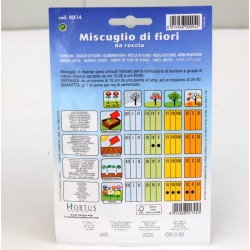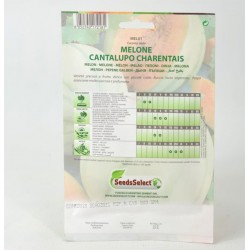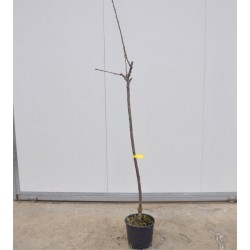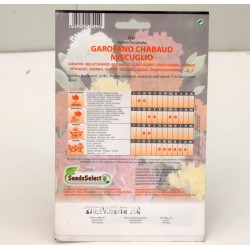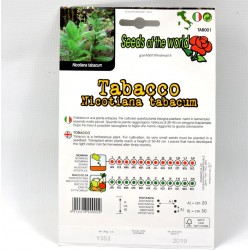wisteria Plant Vase 7cm
Generalities Wisteria plant:
The Wisteria plant is characterized by delicate flowers that elegantly descend into a thousand fragrant bunches. It is one of the most beautiful ornamental garden plants ever. Being a climbing plant, it can be used to embellish pergolas, to cover columns and to adorn walls, railings, arches and espaliers. Wisteria is a climbing plant, however, with appropriate pruning, it can be grown with a sapling training system.
Online Sale Wisteria Plant, available in the following formats:
- jas 7cm, height 5/15cm
Online Sale Wisteria Plant, available in the following formats:
- jar 7cm, height 5/15cm
Generalities Wisteria plant:
Wisteria is one of the most beautiful and widespread ornamental shrubs in the world. Its ability to climb on any type of support and its characteristic cluster flowering make it one of the most fascinating plants ever.
It is a very scenic plant, which can be used to decorate pergolas, balconies, terraces, columns, walls, arches, but also other trees. It produces enchanting flowers, collected in clusters, very fragrant and colored in shades of purple, lilac, pink and white. Native to China, Japan and North America. It has imparipinnate leaves, composed of oval or lanceolate leaflets, covered with a light hair that fades over time. The fruits, about 15 centimeters long, are very similar to beans.
Growing and Caring for Wisteria Plant:
Wisteria is a relatively easy to grow plant, but requires some precautions, especially in the phase immediately following implantation. This shrub can be grown in pots or in open ground, but we must bear in mind that we are faced with an extremely vigorous plant, which tends to expand very much.After a few years, the wisteria can easily reach a development of 30 meters both in height and in width, while its roots are so robust as to be able to damage walls or raise sidewalks.The wisteria prefers an exposure in full sun, but also tolerates positions in partial shade or completely shaded. In these cases, however, the flowering will be slowed down and will take place less generously than the development of a plant subjected to the direct action of the sun's rays.The ideal soil for wisteria is soft, fresh and rich in organic material. This plant does not tolerate calcareous soils, as its roots struggle to absorb the iron contained in it. In the period following planting, the wisteria should be watered abundantly. Afterwards, you can water less. If the plant is in the open ground and the season is cool, rainwater will suffice. If, on the other hand, the wisteria has been planted in pots, it will be watered every 2-3 weeks.












